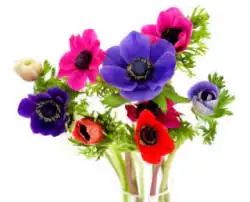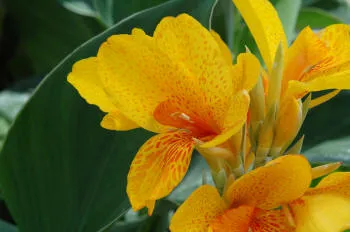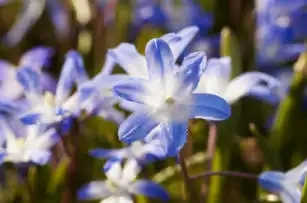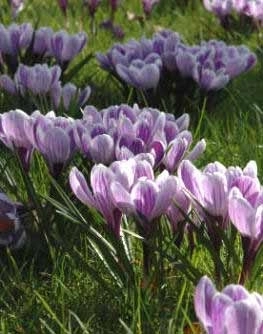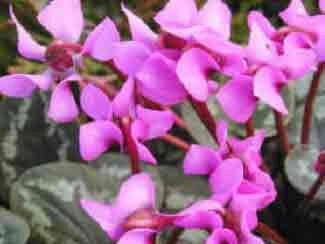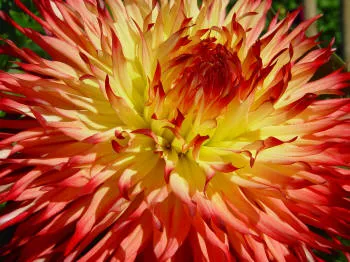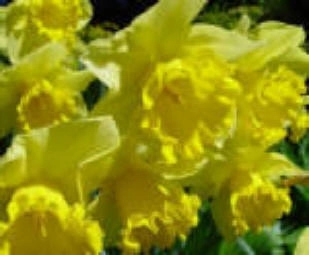A dahlia tuber is a root that has been modified by the plant to store food for when it is resting – in the winter!
Dahlias are one of the most colourful plants for late summer flowering in the garden.
Here we are talking of the Dahlia that are grown from tubers, and not the smaller bedding dahlias - though they are also fine flowering plants for late summer flowering. Most of the bedding Dahlias, grow from a fibrous root system and do not produce tubers. They are not true bulbs, but fall in this category of bulb-type plants.
Dahlia flowers are the mainstay of the late garden flower shows, where perfectly grown specimens can be seen as cut flowers - awaiting the verdict of the flower judges - who may decide that some are not quite as perfect as the exhibitor might have thought!





Just a small selection of the Dahlia flower types and colours that
brighten up the garden from late summer until the firsts of the
autumn frosts. This selection should get you planting dahlia bulbs
for a summer spectacular.

Multi coloured Dahlia Cactuis
Dahlias are grouped into categories - for the enthusiast - by the types of flower heads - the larges of which can be an awesome 10in across! At the other end of the scale are the Pompom types that are simply an inch or so across. There are huge size differences within the same group or classification - with some of the normally petite Pompoms being 4-5in across.
From the images above, the classification from left to right would
be.......
Waterlily | Pompom | Semi Cactus | Collerette | Collerette |
Anemone.
The fiery specimen above would fit into the Cactus category (In my opinion!)
(I am happy to be corrected, by any Dahlia enthusiasts or exhibitor who may feel that my classifications are wrong. They are simply to guide those who wish toy grow Dahlias in their garden borders for late flush of colour - or maybe for cutting off for the floral arrangement indoors.)



